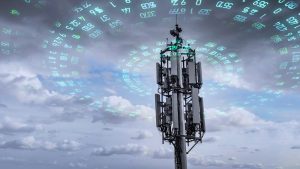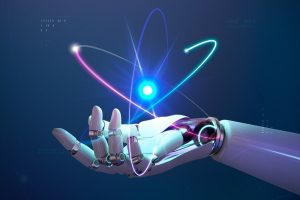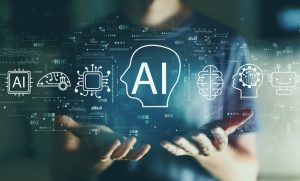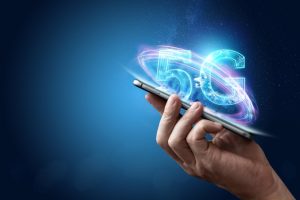Learning About the Five Leading IoT Applications in Everyday Life
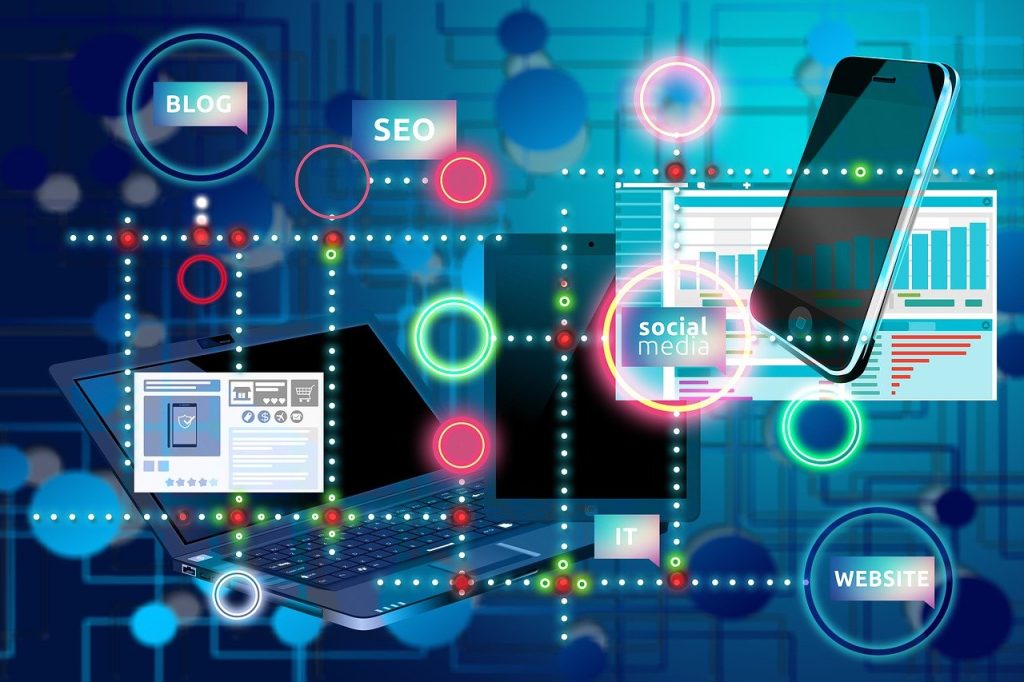
The Internet of Things (IoT) refers to the connection between objects with each other and humans via the internet. Today, numerous applications of the Internet of Things are available on the market since it can adjust to nearly all technologies that provide relevant data about their operations. These applications can also explain the performance of specific activities and even talk about the ecological circumstances that humans have to monitor and control remotely. Companies from various sectors have started adopting the Internet of Things to simplify, enhance, computerize and manage multiple processes.
Here we shall discuss some surprising practical applications of IoT technology.
1. Medical Wearable
The market has plenty of medical wearables that allow doctors to monitor their patients’ conditions in real-time. With continuous monitoring of metrics and automated alerts on vital signs, the IoT helps improve patient care and prevent fatal possibilities in high-risk patients. Integrating the Internet of Technology in hospital beds makes the concept of chic beds, armed with special sensors to check blood pressure, vital signs, body temperature, and oxi-meter, among others.
2. Traffic Monitoring
Our smartphones have sensors for collecting and sharing data from vehicles via applications like Google Maps. These applications use the IoT to inform users and contribute to traffic management, show the different routes’ conditions, and feed and improve the data on numerous roads to the same distance, destination, and estimated arrival time. The IoT applications come in handy in traffic monitoring and management in large urban areas, contributing to the idea of smart cities.
3. Fleet Management
The IoT applications for fleet management help with geo-location and monitoring of the routes. You can also identify the most efficient routes, performance evaluations, fuel savings, telemetry management, and reduce polluting emissions to the environment. These apps can also help you get valuable data to enhance the driving experience of the vehicles. Sensors installed in fleet vehicles allow the establishment of an effective interconnection between automobiles and their managers, plus the interconnectivity between cars and their drivers. Managers and drivers can have all details about the standing, function, and requirements of vehicles by using the software to collect, process, and organize the data. Drivers can receive maintenance alarms in real-time.
4. Agriculture
Smart farms are no longer an imagination. Because high-quality soil plays a vital role in producing healthy crops, IoT allows farmers to access detailed and valuable information about their soil conditions. They can obtain adequate data on the condition and phases of the soil by implementing the IoT sensors. Information like acidity level, temperatures, soil moisture, chemical characteristics, and the existence of specific nutrients assists farmers in making decisions about several things. These include efficient usage of water, controlling irrigation, identifying the best time to sow, and discovering the present diseases in soil and plants.
5. Wearables
Wearables are compact and energy-efficient devices. They come with sensors, hardware for readings and measurements, and software to collect and organize user data. Some examples of everyday wearable devices include fitness bands, virtual glasses to monitor heartbeats and calorie expenditure, or GPS tracking belts that people have been benefiting from for some time now. Brands like Apple, Google, and Samsung have introduced IoT applications that help us in our everyday lives.
